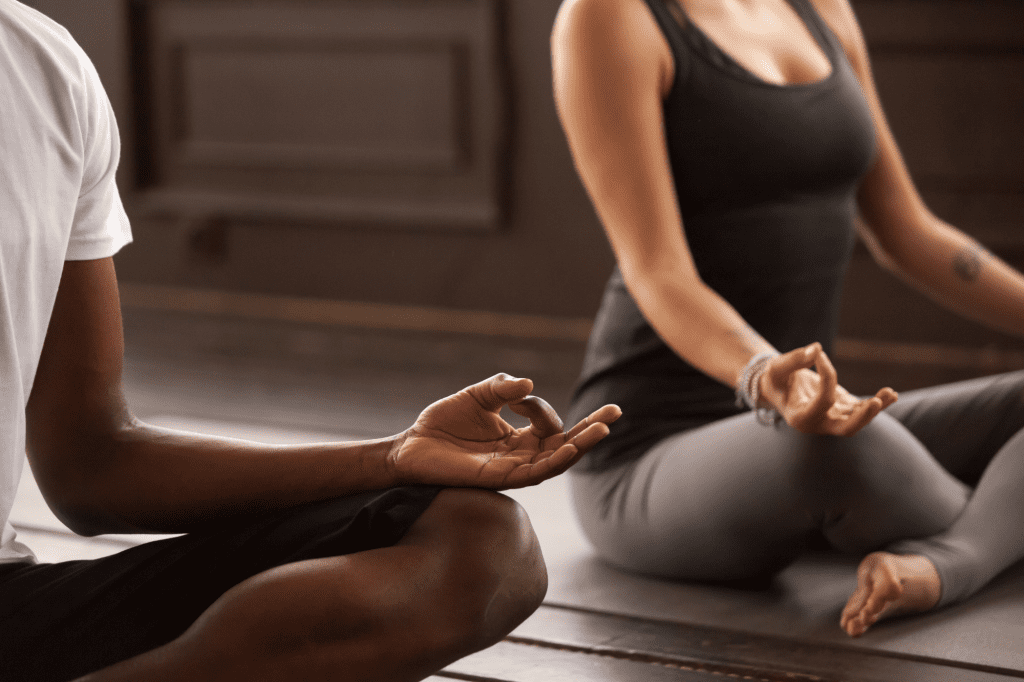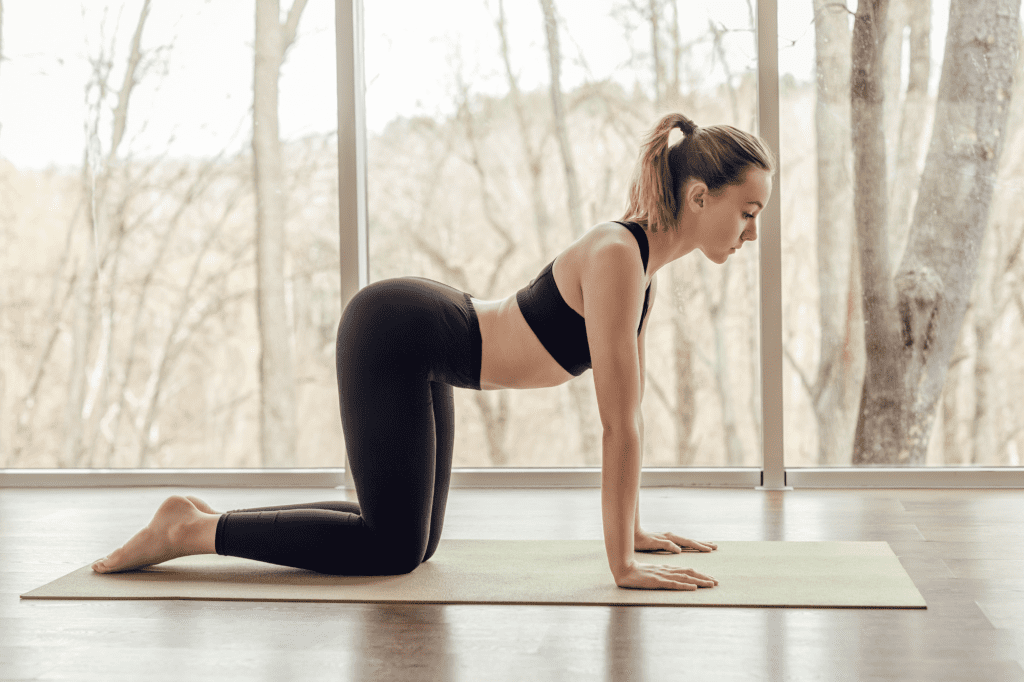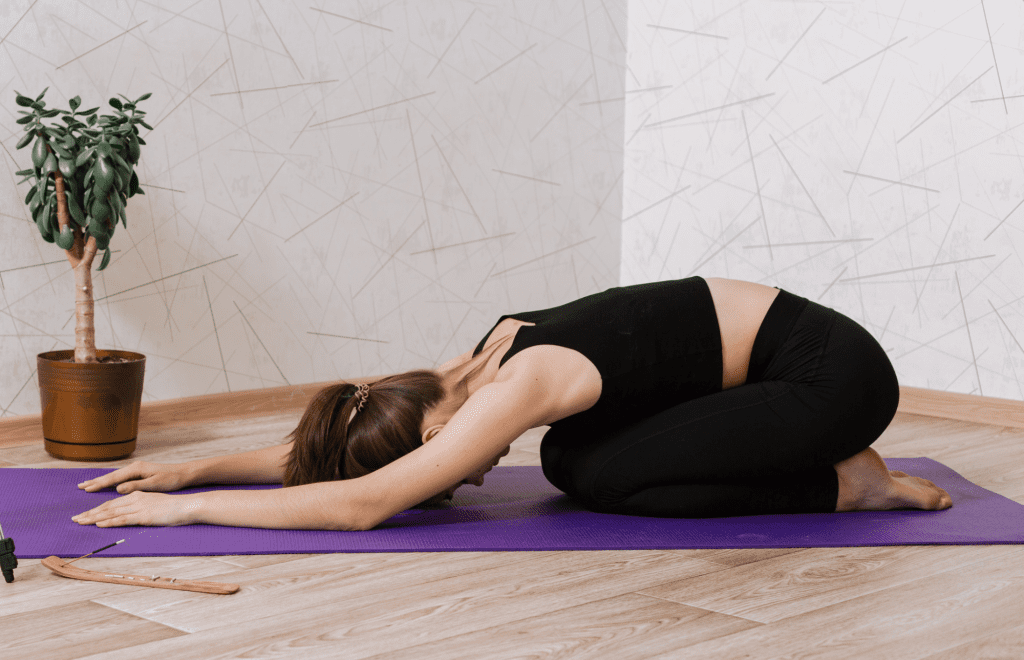Beginner’s Guide to Yoga – Session 1
“A simple yet profound yoga practice. Suitable for all levels especially beginners. It will allow you to drop the awareness from mind to body and deepen the relationship with yourself.”
Yoga Poses as illustrated in Session 1
The wonderful thing about Yoga is that you don’t need to be an expert to get its numerous benefits. Everyone can benefit from practicing yoga. Several yoga poses are shown in this video, and this brief article summarizes their advantages.
Sukhasana (Easy Pose)
According to common understanding, the word “asana” refers to the sitting position used during meditation. Sukhasana, also known as easy pose, is a sitting yoga asana. Sitting cross-legged was simple as a youngster, but it’s hard as an adult. Due to a chair-oriented society, our joints lack the needed rotation and flexibility, causing tight hips and achy knees. In Sukhasana, you must activate your core and back muscles to appropriately distribute your weight across your bones. Balance your shoulders over your hips and align your head and spine.

Benefits of Easy Pose:
The Easy Pose stretches the hips, knees, and ankles, and strengthens the spine. As a bonus, it’s a great posture for relaxing into meditation or honing your breathing techniques.
Pranayama (Mindful Breathing)
Mindfulness means focusing on the present. It entails focusing on the now rather than the past or future. The most fundamental aspect of practicing mindful breathing is to concentrate your attention on your own breath, both when you are inhaling and while you are exhaling. Pranayama is a word that originates from Sanskrit and refers to the practice of controlling one’s breath via the use of various methods and activities.
The focus on the breath is what makes yoga unique from other types of physical activity. There can be no yoga practice without attention to the breath.
Benefits Mindful Breathing:
It has been shown that pranayama provides the following benefits:
- relief from stress
- enhances sleep quality
- improves cardiovascular health and lowers blood pressure
- increases the efficiency of the lungs
- improves one’s mental capabilities and performance
- lowers the desire for cigarettes
Bharmanasan (Tabletop Pose)
Tabletop Pose (Bharmanasana) is a great yoga position for beginners of all ages. It’s great for working the abs and strengthening your arms and shoulders at the same time.

Benefits of Tabletop Pose:
As a basic yoga posture, the tabletop pose is recommended for beginners because it stretches all of the muscles evenly and helps the body find a state of equilibrium. A light stretch is applied to the spine and the arms, shoulders, wrists, hips, core, thighs, and knees, which helps restore balance while also releasing stress.
Adho Mukha Svanasana (Downward-facing Dog Pose )
The most frequent and fundamental yoga posture is the Downward Dog, or Adho Mukha Svanasana (pronounced: AH-doh MOO-kah shvah-NAHS-anna). Adhas means “down” in Sanskrit, whereas mukha means “face,” svana means “dog,” and asana means “posture” or “seat.” This position is excellent for improving circulation and core strength while also offering a wonderful opportunity to stretch the whole body.

Benefits Downward-facing Dog Pose:
Some of the benefits of the downward facing dog pose include the following:
- Upper-body strength – develops arm, back, and shoulder muscles.
- Extends the spine – As a partial inversion, a downward-facing dog pose gently realigns your vertebrae by inverting your spine against its normal direction of curvature.
- Helps build muscle in the hands, wrists, and fingers – Due to the weight-bearing nature of this pose, your hands and wrists will be conditioned to better support your body weight in other asanas.
- Stretches the hamstrings and calf muscles – The hamstrings, calves, and Achilles tendon all get a nice, long, and broad stretch in downward dog.
- Increases blood flow – Since your head is lower than your heart in downward dog, the inversion advantages kick in and the blood flows more freely to your extremities.
- Sooths away stress and anxiety – The stretches and pressure release of the downward dog pose are beneficial for the neck and back. Increased blood flow to the brain has been shown to alleviate migraines, cognitive fog, and moderate depression.
Balasana (Child’s Pose)
Relax for a while. Balasana (Child’s Pose) is a calming yoga position that may be practiced in between more strenuous asanas. It’s an opportunity to pause, take stock, center oneself, and refocus before continuing on. When you are building your practice, it is important to learn to listen to your body’s inner voice and take a break when it tells you to.

Benefits Child’s Pose:
Building Balasana into your practice may bring about the following benefits:
- Reduces Strain and Stress in the Lower Back
- Stretches the Back and Lengthens the Spine
- Improves the Circulation of the Blood
- Improves Digestion
- Allows Hips to Expand
- Helps Build Knee Strength
- Reduces stress and anxiety
Conclusion
In conclusion, many individuals have turned to yoga because of the positive effects it has on their health. This practice is unique in that it incorporates both physical postures and breathing exercises as well as periods of rest to help fine-tune a person’s mind and body. Do follow Rodi in completing the session as demonstrated in the video and build a routine into your daily lifestyle to reap the benefits of Yoga.








